“Landscape photography is the supreme test of the photographer—and often the supreme disappointment.” – Ansel Adams
In my opinion, landscape photography is the pursuit of being in the right place at the right time. One of the keys to success for landscape photography is patience.
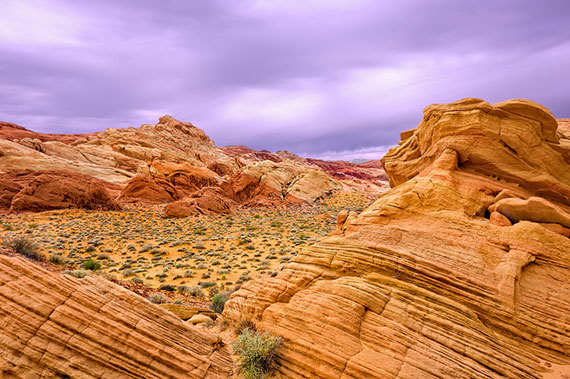
Photo by Jim Choate; ISO 100, f/7.1, 1/80-second exposure.
Having said that, there are some small details which are often forgotten. Let me discuss those small details; you can read them while sipping your coffee:
1. Choose Sky vs. Land
Pick one. Which one is more preferable for you? The sky or the land? Well, I would just pick both. Why not? Keep in mind that both the land and sky are supporting each other to generate a highly desirable photo.
Don’t be greedy, though. Prioritize the stronger one. For instance, during the golden sunset time, the sky will be more tempting than the land. Yet you have to keep in mind the classic photography textbook guideline, the rule of thirds.
As a rule of thumb, the part you want to emphasize should be put two thirds of the way into the frame. But don’t solely rely on the rule. Art is all about your personal preference. What I would suggest is to become familiar with the rule of thirds, and then break it.
2. Find a Focal Point
Focal point is not necessarily the point of interest (POI), but POI could be the focal point. On top of that, focal point can be the initial point to explore the POI.
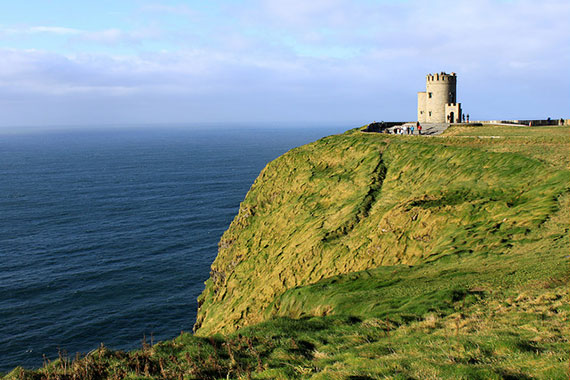
Photo by Joseph Brent; ISO 100, f/11.0, 1/100-second exposure.
Focal point is where you want the eyes of the viewers to fall when they first see the landscape photograph. Focal point can be any object in the frame.
3. Don’t Underestimate the Foreground
While many photographers focus on finding the best background for their landscape photography, foreground is also very important. Foreground, when placed correctly, gives viewers a sensation of depth. Foreground can also be used as a focal point in many cases. You can use any object as your foreground, such as rocks, trees, or even a person.
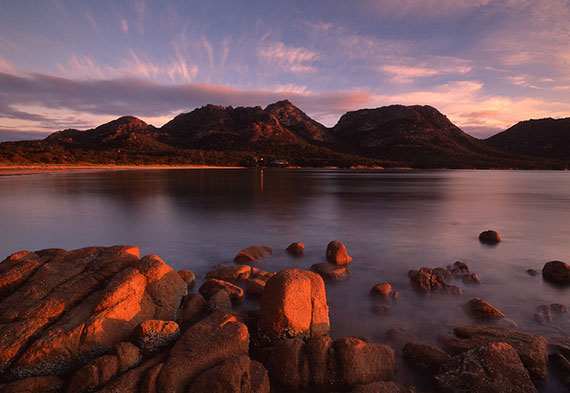
Photo by Mark Wassell
4. Make Friends with Your Tripod
This particular photography equipment presents a dilemma. It is too heavy to be carried, yet its function is too vital to be left behind. The main function of a tripod is to prevent the camera from shaking.
When I’m going to hunt landscape photography, bringing my tripod along with me is a must. For me, it’s better to carry a heavy load than to regret the result of not bringing the tripod.
5. Use Depth of Field to the Maximum
Landscape photography is usually sharp from one end to the other. Use a small aperture, between f/8 and f/22, to maintain the sharpness of the landscape image.
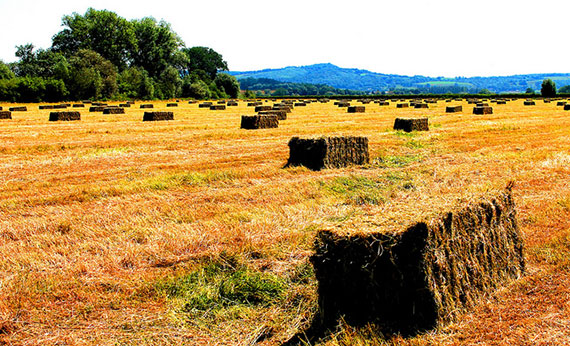
Photo by Les Haines; ISO 100, f/8.0, 1/200-second exposure.
6. Capture Nature’s Movement
Many people consider landscape photography as capturing an image of peaceful, relaxing, and motionless nature. In fact, we can add some “drama” to our landscape photography. Capture the movements in nature, such as water flow, cloud movement, and swinging leaves.
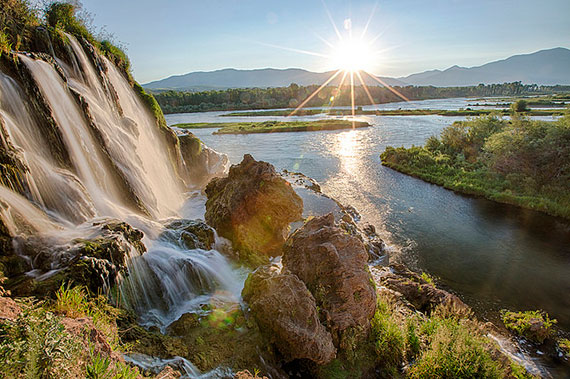
Photo by Bureau of Land Management
Capturing these kind of movements definitely requires a tripod and neutral density (ND) filter. When we capture the image successfully, it could seem like it is from another world with a very strong mood.
People may argue, “That doesn’t look real, does it?”
Well, I didn’t take photos simply for documentation, did I?
7. Cooperate With the Weather
Weather is unpredictable. It is either good weather and take photos, or bad weather and do it another time. What if I told you bad weather is good for your landscape photography?
Too many photographers take photos only on the good days. On the other hand, if you capture the moment of a thunderstorm, blizzard, or other bad weather conditions, your photos will be unique and more dramatic.
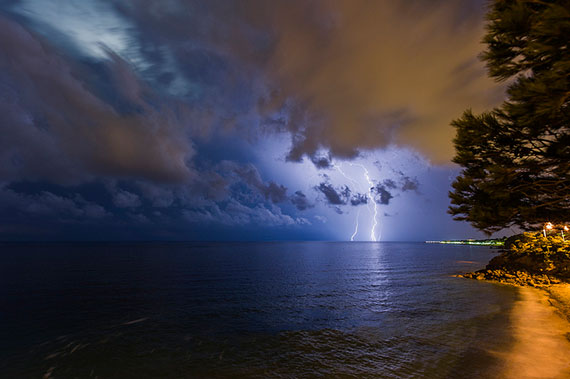
Photo by Miquel González Page; ISO 200, f/5.6, 37-second exposure.
Keep in mind that everybody can make use of good clear blue skies, but few photographers work in bad weather. Go against the mainstream and create something different.
8. Wait for the Golden Hour & Blue Hour
Golden hour refers to the time during sunset. You will see the golden color of the sky when the sun sets. But after the sun sets, don’t pack up and get ready to leave. Instead, wait for a moment until the sun completely sets, and you will witness another great time for landscape photography. This is called the blue hour.
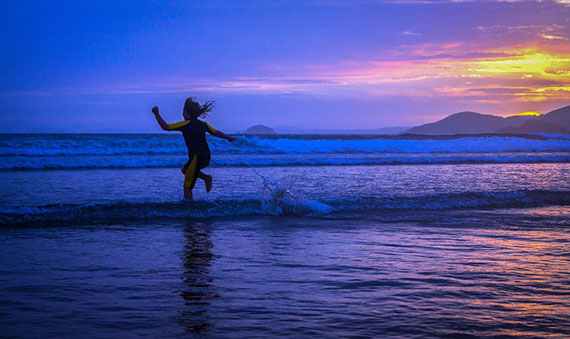
Photo by Phil Dolby; ISO 400, f/5.6, 1/250-second exposure.
Blue hour is the time after the sun is gone and before it is completely dark. You will see a dark blue sky. Turn your camera on and capture the moment. Quick!
9. Lines and Shapes
Play with composition. Lines and shapes give a very strong impression to an image. Also, remember the perspective and vanishing point. Both give a great sense of depth, which is very interesting to a viewer’s eyes.
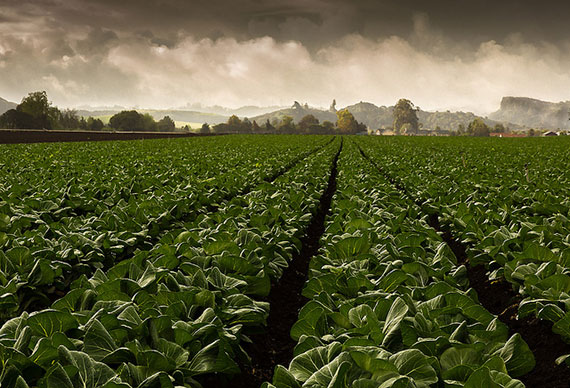
Photo by Malcolm Carlaw; ISO 250, f/14.0, 1/160-second exposure.
10. Change Perspective
I cannot overemphasize that you should explore as much as you can. Get the infinite creativity in landscape photography. Change your point of view when taking photos. Even switching from a high angle to a low angle gives you a totally different effect and mood.
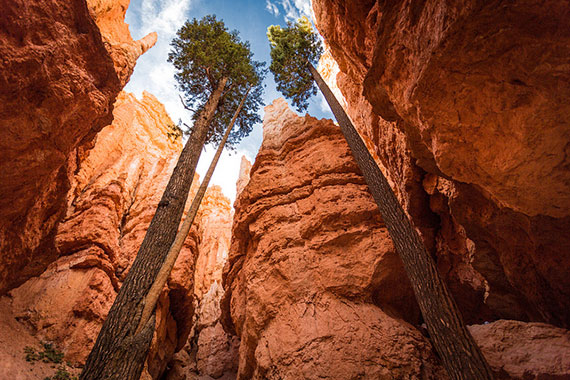
Photo by Andrew Smith; ISO 100, f/4.0, 1/160-second exposure.
11. Look for Details of the Landscape
Landscape photography is not solely wide angle. Experiment with different types of lenses. If you only have a normal lens, then panoramic photos can be an alternative.
12. Use HDR Techniques
High Dynamic Range for landscape photography can be a great alternative when a camera filter is not available. Take several images of the same scene with different exposures, then combine them. Combining the images can be done using image editing software such as Photoshop. Don’t overprocess your image. Make it look natural, not like a 3D cartoon.
13. Keep Shooting!
After reading all the tips, it is time to take action. Remember, knowing is nothing; applying what you know is everything. The very best thing you can do to improve your landscape photography skills is to practice.
Get your camera, go out to take photos, and have fun!
About the Author:
Gde Putra is a hobby photographer who hopes to grow the love of nature among all people through his images.
Like This Article?
Don't Miss The Next One!
Join over 100,000 photographers of all experience levels who receive our free photography tips and articles to stay current:






I appreciate you sharing the different ways to make the landscape or nature photography as a success. What got me the most though was the focal point and how it is a place that catches the eyes of the viewers when they first see the photo. That sounds easy, but I am certain that it is not. That is why I think it will be better for me to buy a print or hire a photographer to take the waterfall picture for me.
Thanks for the tips for better landscape photography. I am trying to learn to be a better photographer, because I think it is a fun hobby. I like your idea to use both the land and the sky together to create a cool and interesting photo. I will be sure to give that a try in the future.
Not new thoughts …. but well presented and nicely succinct! :)) A keeper article
Photographers are sent on the earth to show us the beauty through a different lens ..
Thanks for sharing !!